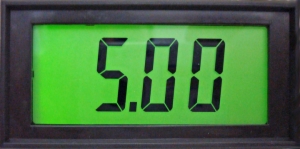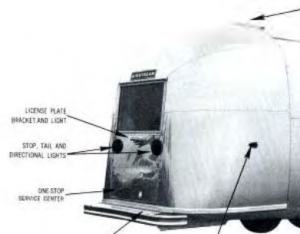Archive for the ‘Electronics’ Category
Thursday, June 30th, 2011
Capacitive sensors of all sorts have been an interest of mine. They become interesting when you start to discover the huge variety of applications they are used for. While doing research for the new Control Panel in our airstream, I came across a couple of varieties of what appear to be a capacitive liquid level sensor for tanks. The TechEdge moda sensors appear to be capacitive based if you download there moda sensor manual and have a look.
These sensors incorporate two sheet aluminum plates that when stuck in proximity to one another on the tank form a small capacitor between them. Filling the tank with water changes the dielectric and therefor the capacitance. I decided to conduct a little experiment to see if I could do something similar.
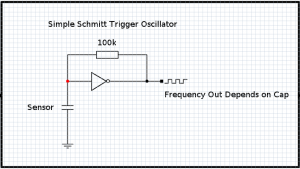 (more…)
(more…)
Posted in airstream, ControlPanel, Electronics | 45 Comments »
Monday, June 27th, 2011
After spending a bunch of time playing around with high output surface mount leds from lumex, designing a board and running tests etc… I stumbled on this interesting led module being sold on ebay by a seller named Sure Electronics. I’ve gotten stuff from them before, usually turns out good, and this was all told 10.00 dollars or so shipped. It looked like it came with a control board, and from looking at the photos, it appeared to be a bog standard, PIC micro, so… What the heck, worth a play…

(more…)
Posted in Electronics | No Comments »
Monday, June 27th, 2011
Ok, now for the Arduino, yup, its got to happen. I debated and debated, but I gave in to my own peer pressure. I just had to put a microcontroller on our control panel, it only makes sense 😉
 (more…)
(more…)
Posted in airstream, ControlPanel, Electronics | No Comments »
Sunday, June 26th, 2011

So the current meter had me stumped. At first I thought it may be the charger for the battery, but, nope. Next I thought it had something to do with the fact I was running off upstream shunt side of ground. Switching to a direct ground connection didn’t help either. However, in the process of trouble shooting I figured out that if I ran the meter off an isolated supply, it worked perfectly.
(more…)
Posted in airstream, ControlPanel, Electronics | No Comments »
Friday, June 24th, 2011
Now it was time to replace the old board, with a new one. We decided to make it a little longer and round the corners to match the contoured curve at the top of the trailer. After some measuring and playing around with the design in Rhino, we made a large paper template and used it to mark out the board. Unfortunately the size of the board was to large to fit in the CNC, or I could have made a perfect cut, instead I had to resort to the old scroll saw.
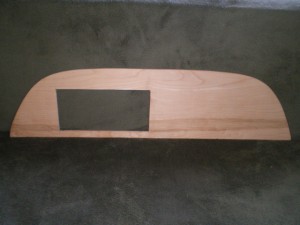
(more…)
Posted in airstream, ControlPanel, Electronics | No Comments »
Monday, June 20th, 2011
For the past few months we have been working on fixing up an older Airstream trailer. Its a 1970 Safari, and came to us in pretty good shape, but was missing one very important item.

The Control Panel duh, dunh, dunh, duh!!!
(more…)
Tags:airstream safari
Posted in airstream, ControlPanel, Electronics | No Comments »
Wednesday, November 11th, 2009
If you are interested in building circuits that will incorporate thermocouples, its nice to have a low millivolt supply for testing and simulating a thermocouple in a heat source. It saves time and energy, keeping you from cranking up the hot plate or the blow torch. Most power supplies will not deliver the low millivolts needed to simulate a thermocouple in a heat source. This device allows you to quickly sweep to a general voltage and then fine tune to a specific value. It uses one 9V battery as a power source and is portable. Voltage ranges on the course dial are from approximately 3mV to 200mV and the fine tune dial will adjust about 4mV around the initial set point.

(more…)
Posted in Electronics | No Comments »
Monday, October 26th, 2009
A friend and I spent some time a few months ago collaborating on an art piece. His Light Boxes usually consist of some translucent material, film, printed transparency, large prints, envirotex casts etc, that are mounted in or on a box, with a light behind. Sometimes the light moves, sometimes the piece moves, sometimes both are static. We decided to see if we could combine our skills and come up with something a little more dynamic, possibly even something that people viewing the piece could interact with.
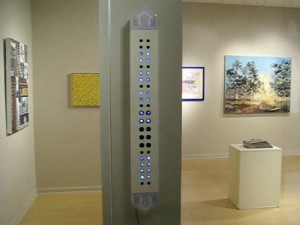
Finished Piece
(more…)
Posted in CNC-Objects, Electronics | No Comments »




